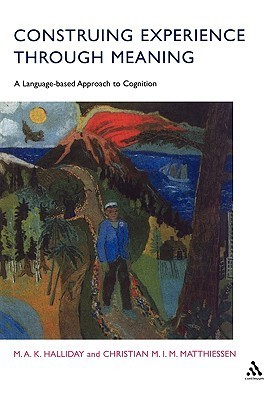
The Silent Language
Book Description
What if the most profound truths are spoken without words? In "The Silent Language," Edward T. Hall unravels the hidden dimensions of communication that shape our cultures and relationships. Through the captivating exploration of nonverbal cues, spatial dynamics, and the unspoken rules of social interaction, Hall reveals how much of our lives unfolds beneath the surface. As he delves into the intricate dance of gestures, proximity, and silence, the stakes are high: misunderstandings can ignite conflict or forge connections. Can we truly understand each other in a world where silence often speaks louder than words?
Quick Book Summary
In "The Silent Language," anthropologist Edward T. Hall explores the myriad ways humans communicate beyond words. Hall proposes that each culture has its own "silent language"—consisting of gestures, space, timing, and unspoken norms—that can often be more influential than verbal language itself. Through vivid examples and cross-cultural observations, he demonstrates how misreading these unspoken cues leads to misunderstandings, both minor and major. Hall argues that true intercultural understanding requires awareness not only of different languages but also of the deeper frameworks, or "implicit cultures," that govern communication styles. This groundbreaking work remains influential in fields such as anthropology, psychology, sociology, and international relations. It invites readers to pay closer attention to the silent nuances that structure human interaction, revealing how much is truly spoken without words.
Summary of Key Ideas
Table of Contents
The Hidden Rules of Nonverbal Communication
Hall introduces the book by defining the 'silent language'—the vast array of nonverbal signals, social expectations, and cultural patterns that shape human behavior and interaction. He demonstrates that much of communication occurs beneath conscious awareness through gestures, tone, proxemics (use of space), and timing. These silent elements often carry as much, if not more, meaning than spoken words. Hall contends that every culture is governed by its own set of rules for interpreting these signals, and that ignorance of these rules can lead to confusion, or even conflict.
Cultural Differences in Perception of Time and Space
Delving deeper, Hall examines how culture shapes an individual’s concept of time and space. Some cultures see time as rigid and linear, while others view it as fluid or cyclical. Similarly, notions of personal space vary dramatically; what is comfortable for one group may seem intrusive or cold to another. These differences affect daily life, business dealings, and personal relationships. Hall's analysis shows how these unspoken rules can both unite and divide people, depending on how well they are understood and navigated.
Context and the Encoding of Meaning
Another central theme in "The Silent Language" is the concept of context in communication. Hall distinguishes between 'high-context' cultures—where much is communicated implicitly through situation and shared experiences—and 'low-context' cultures, which favor direct, explicit communication. He explains how misunderstanding the level of context in communication styles often leads to misinterpretation, especially in cross-cultural exchanges. Recognizing this distinction is crucial for effective interaction.
Unconscious Assumptions and Misunderstandings
Hall highlights the unconscious assumptions that people bring into every interaction. These serve as a filter through which messages are sent and received, shaping behavior from early childhood. He shows that these ingrained cultural patterns are as real as any spoken language, yet they remain largely invisible until they are violated. Hall uses compelling anecdotes to illustrate how failing to appreciate these implicit codes gives rise to frustration, offense, or bafflement, particularly in international affairs.
Bridging Gaps Through Cultural Awareness
In the concluding discussion, Hall emphasizes the importance of cultural awareness for bridging communication gaps. By learning to detect and understand the silent language of others, individuals can navigate differences more thoughtfully and build more meaningful connections. Hall encourages readers to develop cultural empathy not only for global success but also for everyday harmony. "The Silent Language" ultimately serves as both a warning against parochialism and a guide towards more nuanced, respectful communication in an increasingly interconnected world.
Download This Summary
Get a free PDF of this summary instantly — no email required.





